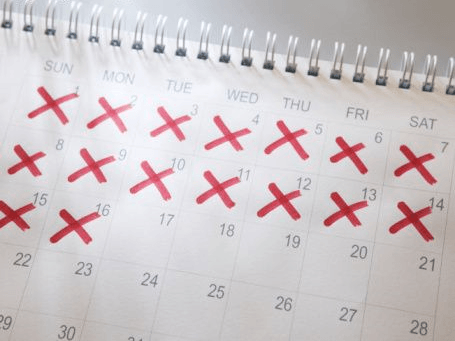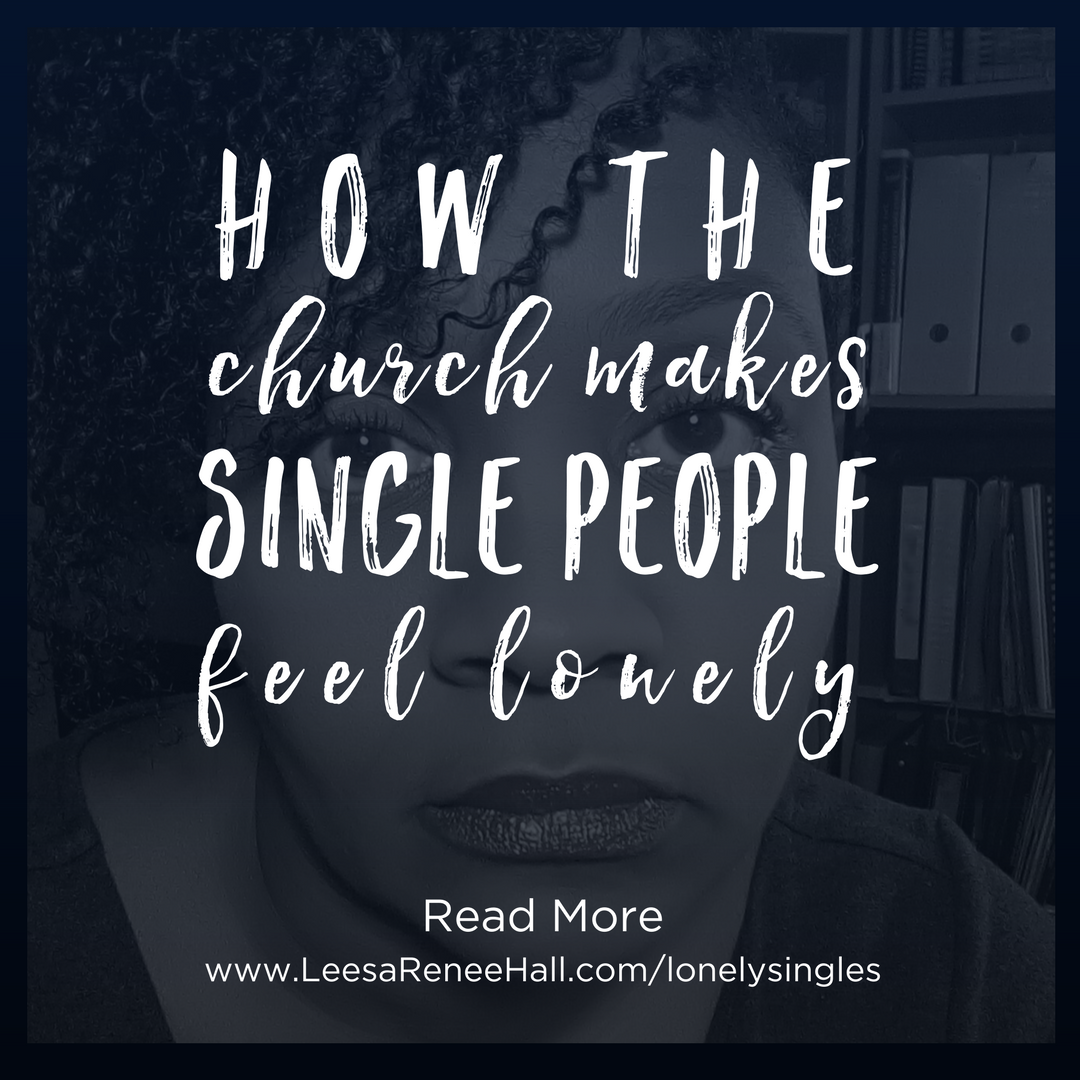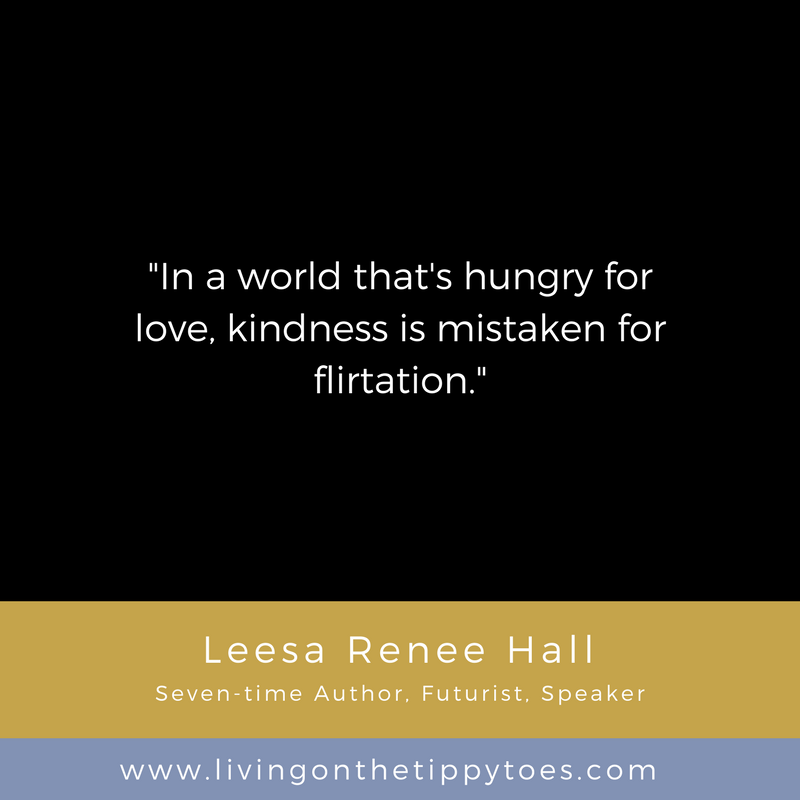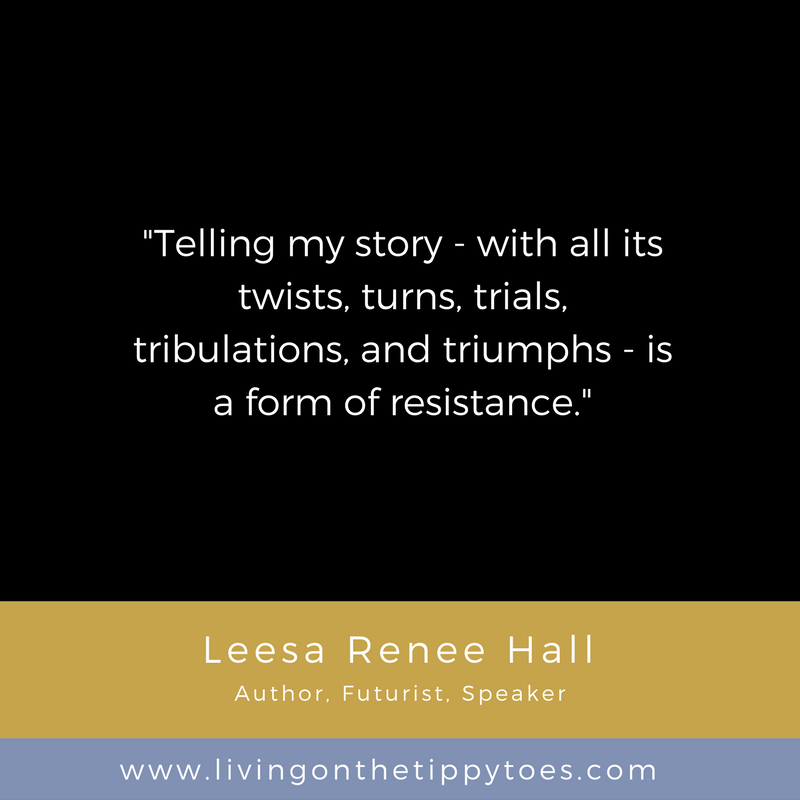My darling, I’m in a flow right now. I’m in a floooooooooow.”
I think I whispered those words to a young girl who approached me while I was sitting at the library.
I say I think because I was listening to music while she was talking. MC Lyte’s Paper Thin wafted through the earplugs into my ear canal, silencing the world around me.
My own words dropped from my pen matching the rhythm of MC Lyte’s lyrical style.
As she rapped, I wrote.
When she paused, I paused.
And with each pause, I watched as the young girl went from table to table, speaking to each table occupant about whatever was important to her.
I’m not sure what she wanted to talk about. I barely looked up at her. I felt her approaching, but I kept writing. As she got closer, she stuck something in front of her body. I guess she started talking. I couldn’t hear her anyways.
I probably rudely interrupted her because I whispered:
My darling, I’m in a flow right now. I’m in a floooooooooow.”
I breathlessly let the last word waft over my my lips, feeling my chest cavity collapse as the air emptied from my soul. She paused, stood up straighter, then shuffled over to the next table.
The Problem With My Yes
I was reading Shonda Rhimes’ bestselling book Year of Yes. “You never say yes to anything,” her sister muttered to Rhimes one day.

Shonda Rhimes and the cover of her bestselling book
Rhimes says that those “six startling words” helped her become a different person. She started to say “Yes” to every opportunity for an entire year.
I, on the other hand, never said no to anything...
I didn’t know that this was a problem, to be honest. I really didn’t. I just knew that:
- If a friend needed to talk, I was available despite my fatigue.
- If a guy showed interest in me and wanted my phone number, I gave it to him despite my not being interested.
- If someone at church wanted me to sit on a committee, I made myself available despite the fact that I was already involved in three other ministries.
- If a prospect wanted to hire my team to help with their digital marketing campaigns, I took the deposit despite witnessing some questionable behaviour during the sales process.
I never said “No” even when the flags flapped violently in the intuition wind in a shade of bright, fire engine red with sparkly red trim. I saw the signs, but ignored them because I wanted to be nice.

Red flags flapping in the wind (gettyimages.com)
My inability to say “No” was attracting people who didn’t care about my needs, and projects that didn’t align with my values. I felt confined by their demands on my time, resources, and emotions. They were expressing their freedom through my bondage as I continued to over-give, over-commit, and over-care.
Giving, committing, and caring isn’t wrong. In fact, doing these things make us good people. It’s when we do these things in excess that we enter a place where we harm ourselves.
That was me; suffocating in the “o” zone. Losing my breath under the pressure of meeting other people’s demands and desires. In her book called The Art of Extreme Self-Care, Cheryl Richardson states:
Over-giving is a sign of self-deprivation – a signal that a need isn’t being met, an emotion isn’t being expressed, or a void isn’t getting filled.”
A Meeting With My Absent Father
How’s Lance?”
My mom was inquiring about the guy I was dating. We stopped at a park to eat ice cream and were sitting under a tree. She met him a few weeks earlier and since then, had asked about Lance weekly.
“I let him go,” I replied.
A stream of ice cream dripped slowly down the side of the cone like a tear. As I described the reasons why the relationship didn’t work out, my mom looked at me thoughtfully. I let out a sigh. “He sounds just like your biological father,” she said.
Stunned, I flashed her a look. My biological father? How could that be?
I met him once when I was a teenager, but we didn’t establish a relationship. So, to hear my mother say that the man I dated sounded like my biological father threw me in a tailspin.
It was at that point that I made the connection between my need to please and the absence I was feeling deep in my heart. So, I did the only thing I knew how to do.
I started to write.
The Power of Expressive Writing

Woman writing expressively at a retreat Leesa presented at
I have written seven non-fiction books. I wrote my first one in 2007. Then, four years later, I wrote my second one. I kept writing and now, I have seven. This doesn’t include blog posts going back to 1999 and workbooks I’ve authored.
Writing is not a problem for me; writing without deadline is.
So, in the Spring of 2016, when I sat down to write about my thoughts and feelings around my absent father, I did so without a looming deadline. This was my first no.
I said no to knowing.
I always needed to be in control, but for the first time, I let go of being in control in order to let the words flow. I was writing to uncover, discover, and heal. I detached from the outcome.
I dug deep into my soul to find out what it was trying to say. You see, I didn’t grow up dadless. I was raised by a loving man who is the only dad that I know. He embraced me as his own.
So, why wasn’t I attracting men like him into my life? Men who are loving, responsible, generous, stable, and filled with integrity? Why was I attracting men like my biological father? Emotionally unavailable men? Men who make promises they never keep? Men who were the complete opposite of the dad who raised me?
Accessing My Gloomy Gold

Gloomy Leesa (2014)
I used the art of expressive writing to dig deep. At the time, I didn’t know that the process already had a name. I just knew that writing was going to help me since that’s one of the things I do really well.
I wrote without editing or censoring myself. I translated my soul’s muffled screams into lengthy, elaborate, unrefined prose.
I said no to writing eloquent and polished words.
I simply let my soul guide my fingers as they tapped each letter on the keyboard. This is the essence of expressive writing.
It was an ugly process. I had to confront the gloom; the ugly emotions that I had hidden for far too long. As I peeked around the corner, I found anger. Shame showed up. So did judgement. But I was committed to this process.
For that reason, I said no to beauty.

Leesa at 5-years old (or 4 – not sure)
When I did, the younger version of myself appeared. Little Leesa, the child me, was sitting at a table. The table was small enough so her feet could rest comfortably on the floor as she sat.
She had red ribbons in her hair. Little Leesa was wearing a red sweater, a denim skirt with long white socks, and black shiny shoes. I recognized Little Leesa right away.
As I moved closer, she didn’t look up. She was colouring. I couldn’t see what was on the page. For days, I met my inner child in my thoughts and asked her questions. Little Leesa said nothing. I needed her to tell me her wounds, but she just coloured, ignoring me.
I was exhausted. I was experiencing writer’s block because Little Leesa wasn’t speaking. I had been working so hard to ask my inner child probing questions, needing her to answer them on my timetable. That way, I could heal quickly.
I paced the room. Little Leesa simply coloured. I stood over her so my imposing frame would remind her I was there. Little Leesa simply coloured. I asked questions in my normal voice. A high voice. A low voice. A rapid voice. Little Leesa simply coloured. Tired, I folded my body on the little chair at the little table and stared at Little Leesa.
I decided to say no to rushing.
It was in that moment Little Leesa turned the page. What was a blur before had suddenly become clear. She had drawn me, Adult Leesa holding Little Leesa’s hand. On the page, we were looking at each other. It was in that moment I realized that I had to see myself before I could hear myself.
I pulled out pictures of Little Leesa when she was small. First day from the hospital. Kindergarten. Grade 3. Grade 7. I looked into Little Leesa’s eyes. I didn’t see pain. I saw innocence and curiosity.
I dug up a photo of my mom holding me in her lap. I may have been six-months. I imagined her joy and fears of raising a baby on her own. Then, I found photos of Little Leesa as a toddler holding dad’s hand. My dad was smiling. I was picking my nose. I tried to imagine his joys and fears of becoming an instant father.
I also dug up genealogical records online of my biological father’s family. I found birth certificates. I found photos. I even found my grandparent’s marriage certificate.
I was surprised to see that I was born on the day that my grandparents had gotten married thirty years earlier.
Little Leesa helped me to see that I am loved. That my push to over-give was rooted in my fear of being excluded.
She reminded me that I had been accepted all along. That I exist for a reason. With Little Leesa’s help, I could see that some only liked me because I was their version of me.
So, I said no to shrinking.
The One Value to Rule them All
As part of my year of no, I got super clear on my values. I chose seven words that I felt represented me.
Then, I chose the one value to rule them all.
Simplicity is the word I settled on. Little Leesa was pleased. Through her eyes, I recognized why simplicity mattered most. It’s because the opposite is confusion. I understood how chaos was a constant companion in Little Leesa’s young life.
So, I said no to chaos.
After saying no to knowing, to chaos, and to perfection, I decided that it was time to express my no to others.
The first test came when I was asked if I was willing to resume a leadership position at church. It was Fall of 2016. I was attending an awards banquet when I got a call. It was my pastor. I quickly exited the room so we could talk.
We spoke about my role on the committee over the past two-years. I gave my thoughts on what went well and what could be improved. When he asked if I’d be willing to serve another two years, my “No” came out fast and firm.
I was shocked at how quickly I voiced it. I was shocked by my no, but deep down I was pleased that I expressed it.
Quarter of a Million Words in Less Than 200-Days
On January 3, 2017, I decided to make expressive writing a daily practice. I needed the companion of my words to hold me accountable to saying no. I also needed an outlet to record my thoughts and feelings as I continued my year of no.
I started waking up at 4:30am daily to write, at minimum, 750-words. Otherwise known as morning pages, the idea is to write three pages of uncensored and unfiltered content. Coined by Julia Cameron, she states in her book, The Artist’s Way, that:
The morning pages acquaint us with what we think and what we think we need. We identify problem areas and concerns. We complain, enumerate, identify, isolate, fret. This is step one, analogous to prayer.”
Each morning before the sun rose in the eastern sky, I met with my soul, God, and myself at 4:30am to write everything and anything. My own personal trinity guided my thoughts and my fingers in expressing my fears and joys.
As I wrote, at minimum, 750-words, I gave myself permission to write outside my area of expertise, with no deadline.
- I wrote a 80,000 word historical fiction.
- I wrote a 70,000 word memoir.
- I wrote three stage plays.
- I wrote a one woman show.
- I wrote countless epistles exploring who I am outside of my skin colour, gender, nationality, religious affiliation, marital status, political leanings, and all the labels that others have assigned to me over the past four decades.
On July 13, 2017, after writing for 192 consecutive days, and just over a year after I identified the root cause as to why I couldn’t say “No,” I climbed over the quarter of a million word mark.

Screenshot from 750words.com
Saying No to Save Me
William Ury states in his book, The Power of Positive No, that if we don’t learn the art of saying no, we will say it poorly (go on the attack), say yes when we mean no (accommodate), or say nothing at all (avoid).
At first, my no was blunt and to the point. No explanation. No story. Just “No!” As I got better at saying no, I found a way to say it in a way that aligned more with my personality.
For example:
- When a single guy asks for my number, if I’m not interested in him, I say, “I don’t give my phone number to strangers.”
- When a prospect shows questionable behavioural issues in the sales process that causes me alarm, I say, “My team cannot serve your needs at this time.”
- When someone requests that I participate in a project that doesn’t align with my one value to rule them all, I state, “That project doesn’t align with my value.”
I’ve also had to express no to family members and friends. To get up at 4:30am, I have to be asleep by 9:30pm. That means I have to say no to the social activities that would keep me out past my bedtime.
Thankfully, my close friends and family members have been supportive, although there are times when they tease me and say, “You need to be in bed by 7:30pm? What are you, 80?” We laugh. And then I quickly glance at the clock because it may very well soon be my bedtime.
My Year of No Is Over, But My Need for No Continues
It’s my life, it’s now or never. I ain’t gonna live forever. I just wanna live while I’m alive.”
Those lyrics come from the song called It’s My Life written and performed by Bon Jovi. I’ve identified it as my life’s anthem.
This is the only life that I have, but I can’t be fully free unless I continue expressing a solid no. So, while my year of no is over, I am still learning how to nurture my habit of saying no to what isn’t in my best interest.
That way, the next time someone interrupts my need for self-care, I can simply whisper:
I’m in a flow right now. I’m in a floooooooooow.”





0 Comments